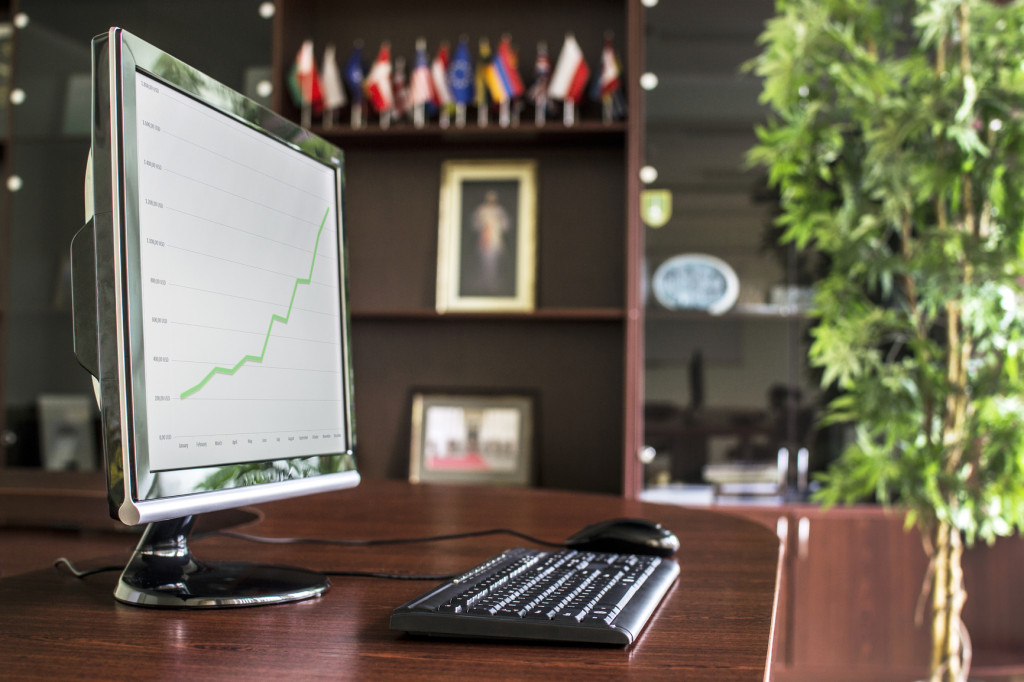A recent survey by the Small Business Administration indicates that nearly half of all businesses are based in American homes. These home-based businesses for the self-employed run the gamut from accounting services to providing medical care. American professionals surveyed by Telework Research Network indicate that the number is expected to grow in the next five years. With that number of Americans going to the self-employment route to earn money, it’s imperative that these small entrepreneurs know what the rules are when reporting income to the IRS. One of the primary things to learn is how to use the home office deduction. Here is a brief breakdown of the rules.
Evidence to Show that the Home is the Primary Base of that Business
To use the home deduction, the entrepreneur must use a part of the home to conduct business regularly. That part of the home must be used exclusively for business. To meet that requirement, it’s best that an actual office be set up. A good way to meet that requirement is to set up a phone, a desk, filing cabinets, a computer station and other things that are needed to conduct business in that room. All material goods in this office may be written off as expenses for the business. That would include the cost of the computer, paper, business forms and even stamps. Curtains, desks, rugs and chairs can also be deducted.
Deducting Expenses
Hooking up a phone and Internet line into the home office is a monthly expense that can be deducted. These are classified by the IRS as ordinary and necessary expenses that are essential to the business. All lawful deductions must meet the necessary expenses requirement in order to qualify as a deduction. Deducting a portion of the mortgage payments and real estate taxes is also allowed as are repairs, utilities, insurance and depreciation.
Calculating the Deductions
All deductions will be based on the percentage of the home used for business. This will be calculated by measuring the number of square feet used for business in the home. For example, if one-quarter of the home is used for business, one-quarter of all utility bills can be lawfully deducted as a home office expense. Form 8829 explains how this is done.
Keep Records
All receipts for the business should be filed away for reference when calculating the home office deduction. These deductions will be entered in Schedule C. Publication 587 titled “Business Use of Your Home” explains in detail how to keep records and what the IRS recognizes as allowable deductions.


